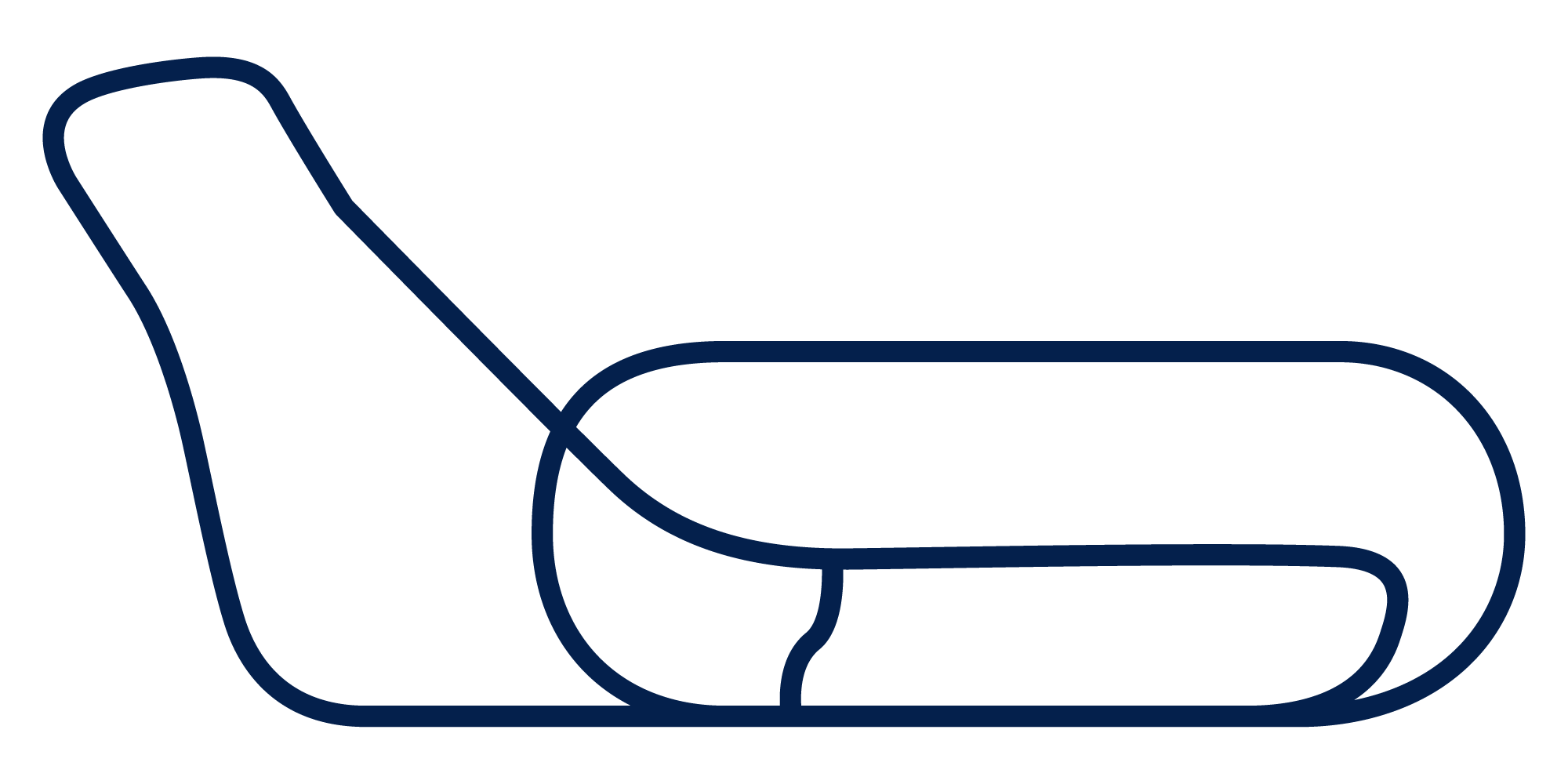Formula 1’s legendary curves: the icons that made history
Formula 1 is not only a sport of speed, cars and strategies, but also of curves that have become legendary for their difficulty, charm and impact on racing. Each circuit has its own special corners that challenge drivers and are remembered for the unforgettable events that took place there. In this article, we will explore some of the most iconic turns in Formula 1, which have written the history of the competition, becoming true symbols of this discipline.
Monza’s Parabolica: the curve that sets fans on fire
Let’s start with one of the most famous corners in the world: the Parabolica at the Monza Autodromo Nazionale. This right-hand corner is feared and respected by drivers from all over the world.
In 2021 it was officially named after Michele Alboreto, Italian driver and symbol of passion and talent. Despite the new name, for many it remains simply “the Parabolica”: a term that evokes challenges to the limit, pure speed and over-the-top technique.
Its strategic position, close to the main straight, makes it as decisive in qualifying as in the race. It is here that the final attack is built, making the most of the slipstream and a good acceleration exit to try to overtake at the first chicane.
From a technical point of view, the Parabolica represents a demanding test bed. It needs a perfect balance of aerodynamic grip, traction and boldness. Those who enter too fast risk going wide and losing ground; those who are too cautious leave precious tenths on the stopwatch. It is a corner that rewards courage and precision, lap after lap.
Over the years, this stretch of track has provided unforgettable moments: overtaking on the limit, epic duels and scenes that have entered the history of the Italian Grand Prix. The grandstands surrounding it are among the most beloved by fans because they offer a spectacular close-up view of one of the most intense phases of the race.
So it is not just a section of the track: it is a piece of the heart of the Temple of Speed, a symbol that combines tradition, excitement and competition.
Eau Rouge-Raidillon: the adrenaline rush at Spa
In the heart of the Belgian Ardennes, the Spa-Francorchamps circuit is home to one of the most famous, spectacular and dangerous stretches in Formula 1: Eau Rouge-Raidillon. More than a corner, it is a true test of courage and talent, a stretch where speed merges with risk in a unique way.
The complex begins with a sudden descent to Eau Rouge, where the single-seaters hurtle at full aerodynamic load facing extreme compression. From there it’s a breathless transition to the Raidillon, an extremely steep climb with a blind left turn that takes the drivers toward the Kemmel straight. The total elevation gain exceeds 30 meters in a few seconds, and the lateral load reached by the cars tests not only the vehicles but also the nerves of the drivers.
The difficulty lies not only in the speed, but in the fact that the Raidillon’s rope point cannot be seen until the last moment. Those who get the trajectory wrong risk losing control or being unprepared for any unforeseen events.
This very stretch has seen some of the most intense and dramatic moments in Formula 1 history. From daring overtaking at the limits of physical laws to accidents that have sealed the fate of motorsport, Eau Rouge-Raidillon continues to be a crucial junction of the Belgian Grand Prix.
For many fans, this sequence is the pure symbol of Spa: unpredictable, fast, spectacular. And every time a single-seater disappears behind the crest of the Raidillon, fans’ hearts stop for a moment. Because here, more than anywhere else, Formula 1 shows its boldest face.
The Seine S: the curve that embodies mastery
The Senna S, of the Interlagos circuit, is one of the most famous corners for its historic charm and intensity. Located immediately after the start straight, this sequence of left and right turns immediately tests drivers’ acceleration and braking skills. The Senna S has been the scene of some of the most epic battles in F1 history, from the historic rivalries between Ayrton Senna and Alain Prost to the more recent clashes between Sebastian Vettel and Lewis Hamilton.
Its strategic location makes it crucial for a successful start and for setting the pace during the race, while the spectacular overtaking that took place there established it as one of the most exciting and decisive turns ever.
Maggots-Becketts-Chapel: Silverstone’s high-speed dance.
Among the most exciting segments of the Formula 1 calendar, the Maggots-Becketts-Chapel complex of the Silverstone circuit is undoubtedly one of the most spectacular. This sequence of fast, flowing corners is an absolute test of the drivers’ precision, responsiveness and courage. Tackled at over 280 km/h, this section requires perfect aerodynamic balance and extreme sensitivity in controlling the car: every movement must be synchronized to the millimeter.
The appeal lies in its speed and unpredictability: drivers change direction several times in a matter of seconds, with the cars staying glued to the asphalt thanks to extreme aerodynamic loads. This is where the true potential of a single-seater and the pure talent of the driver are measured, especially in qualifying, when they really push themselves to the limit.
The transition from Maggots to Becketts to the Chapel and Hangar straight is one of the most beloved sequences for drivers and fans alike, a symbol of Silverstone’s historic beauty.
This complex is not just about lap time: it is a true high-speed dance, a trait that embodies the philosophy of Formula 1 in its purest essence: speed, technique and spectacle.
Beyond the Runway
The legendary curves of Formula 1, are more than just passing points: they are places where drivers write history, where the differences between a won and lost championship are made, where fans get excited and experience the race. Each corner represents a challenge, a victory, a dream come true. In every Grand Prix, when drivers take these corners, they do so with the knowledge that they are part of a legend: that of Formula 1.


